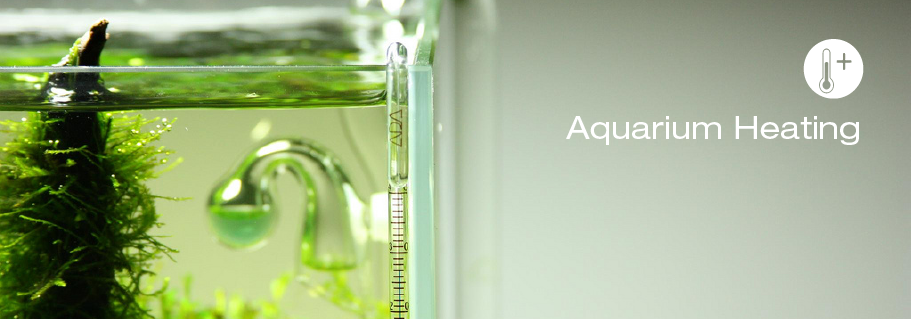-
You are viewing the forum as a Guest, please login (you can use your Facebook, Twitter, Google or Microsoft account to login) or register using this link: Log in or Sign Up
Aquarium Heating

Tropical aquariums require a heater, if no heater is present the aquarium should be considered temperate or cold water.
Heating your aquarium can open up a whole new world when it comes to fish choice with the option of choosing from hundreds of different species.
Most tropical fish require a temperature of between 22C and 26C to survive and thrive. This can be achieved using a number of methods.
Aquarium heating has moved on considerably from the victorian times when the only way to keep tropical fish was in an aquarium with a slate base with a candle placed under the slate, this allowed the aquarist to warm the water but keeping a consistent temperature was very difficult. Nowadays you have a plethora of heating equipment to choose from online retailers like Swell UK.
Method Number 1)
The most common aquarium heater is the submersible heater. This type of heater needs to be placed inside the aquarium and can be programmed to heat to your chosen temperature. Modern heaters such as this have a built in thermostat which will heat your water to the desired temperature and cut out once the desired temperature is achieved, as the aquarium water begins to cool the thermostat will switch the heater back on to maintain a constant temperature.
Pros - Easy to use and inexpensive
Cons - Can be unsightly and easily broken unless you use this one
Method Number 2)
External Heaters - This style of aquarium heater is becoming ever more popular. Party because it is situated outside of the aquarium and doesn't detract from your well designed aquascape or indeed your prize fish. It sits snugly in the aquarium cabinet and runs inline with your external filter (if you have one).
This style of aquarium heater is seen as being particularly efficient due to any water that flows from the external filter and back into the aquarium is being passed through the heating element. It is considered that this creates a more even water temperature as more traditional heaters can be seen to only heat part of the aquarium water if there isn't sufficient water flow.
Pros - Discreet and Efficient
Cons - Can be a little more expensive than more tradition types of heater. Only appropriate if your aquarium uses an external filter.
Method 3)
Heater Cables - Whilst not as popular as more modern heaters, this style of aquarium heating can still be efficient in smaller tanks (under 60L). These aquarium heaters should be installed when the tank is first setup. The heater cable should be laid on the inside of the aquarium on the base. Your chosen gravel should then be laid on top of the cable which should keep it in place, providing you don't have too many fish that enjoy digging around in your substrate or that you don't do too much heavy maintenance with your gravel.
Heater cables can be a discreet method of heating your aquarium but they are not thought to be as efficient as other heating methods in larger aquariums.
Pros - Discreet
Cons - Not appropriate for larger aquariums.
Chillers
Sometimes in certain aspects of our hobby we may need to cool an aquarium. This is particularly prevalent with Reef Keepers. The extremely high wattage of Metal Halide lighting used to keep demanding corals can create unprecedented amounts of heat, which in turn dramatically increase the water temperature. Exposure to extreme temperature or dramatic swings in temperature can be fatal to almost all aquatic life including fish, corals and inverts.
Chillers can also be used to create a "true" cold water environment if you ever wanted to keep native salt or freshwater fish.
The units generally live inside your aquarium cabinet and works in exactly the opposite manner to the external heater where by the water is passed through the external unit. In the case of the heater it simply heats the water, in the case of the chiller it simply cools the water.
Pros - An excellent safety net to save precious corals and fish etc. A must if your desire is to keep a native setup.
Cons - Can be quite expensive to buy and run. Quite a large unit so can take up valuable cabinet space.
